June 4th ===========================
Yesterday's trip to the big city had me coming home with a new length of cylinder tubing for the Gato.
Today at the post office, there was a small package which contained 2 pinon gears.
I took the gears out to the shop and placed on the work bench.
How ever I will not be working out there today.
11 am it was 102F out there.
Tools on the bench were hot to the touch.
The plan is to get up early (like 5am) to get some work done out there.
See how long I can go before the heat chases me out of the shop.
I did bring the gear box parts in to the house so I can do measuring and marking later today.
Yesterday's trip to the big city had me coming home with a new length of cylinder tubing for the Gato.
Today at the post office, there was a small package which contained 2 pinon gears.
I took the gears out to the shop and placed on the work bench.
How ever I will not be working out there today.
11 am it was 102F out there.
Tools on the bench were hot to the touch.
The plan is to get up early (like 5am) to get some work done out there.
See how long I can go before the heat chases me out of the shop.
I did bring the gear box parts in to the house so I can do measuring and marking later today.
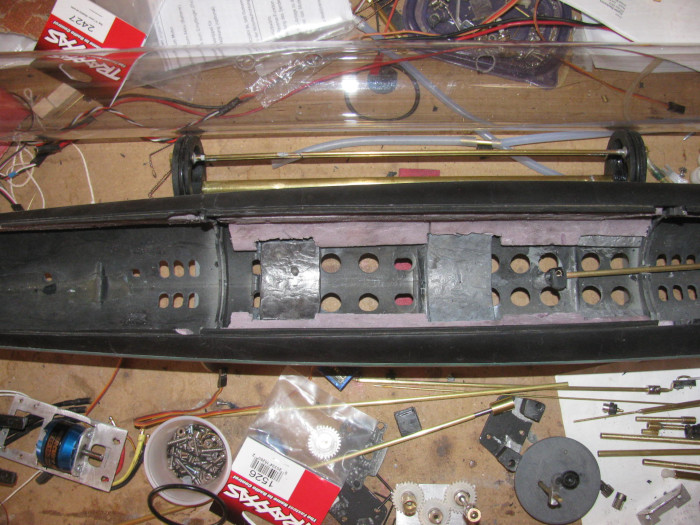
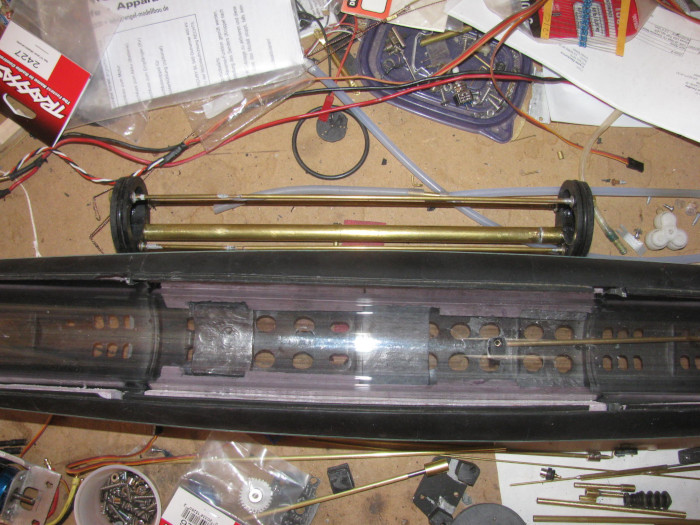
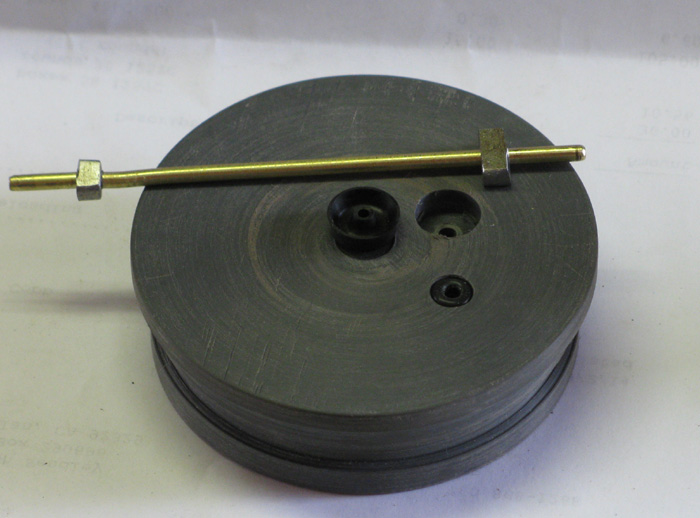

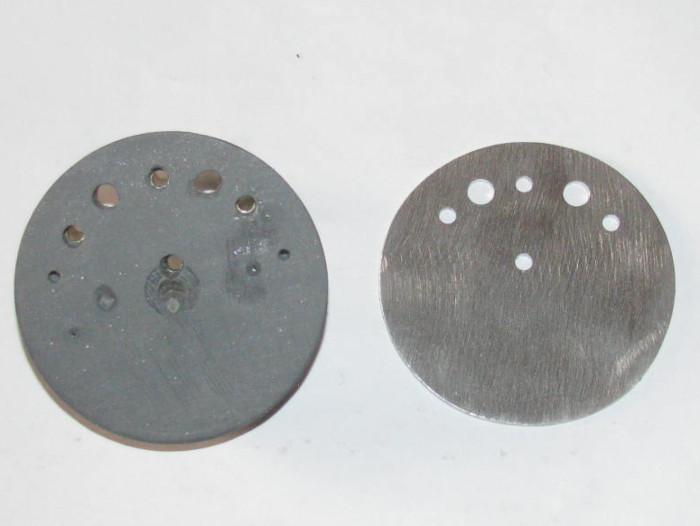
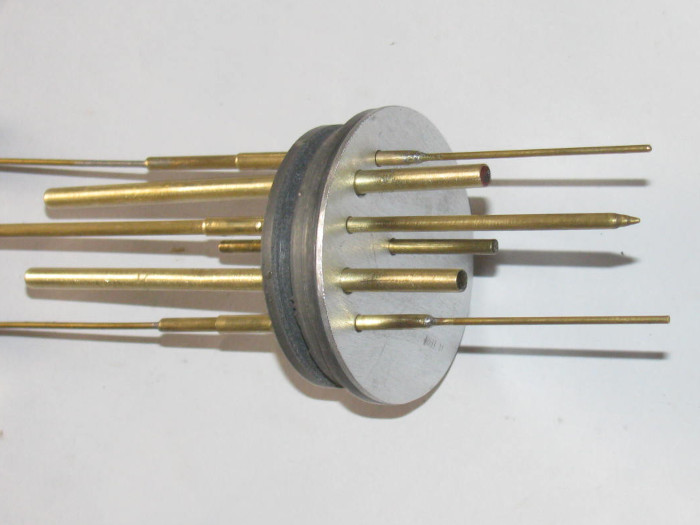
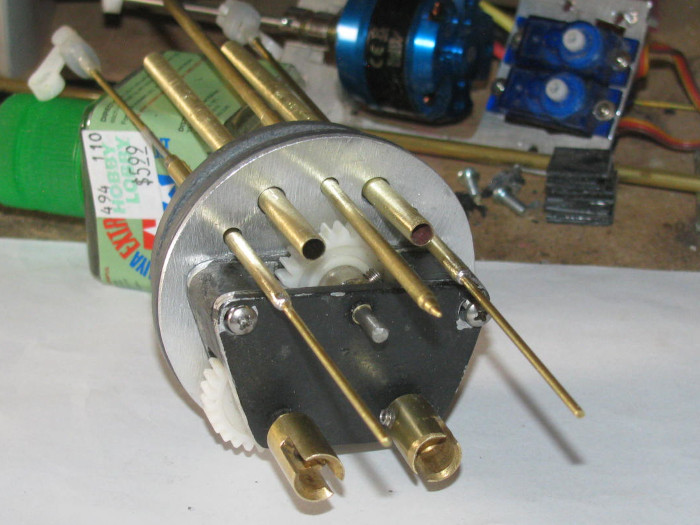
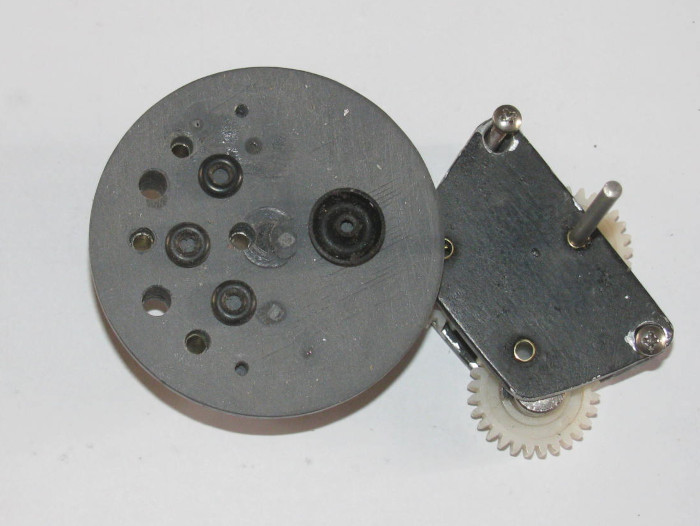
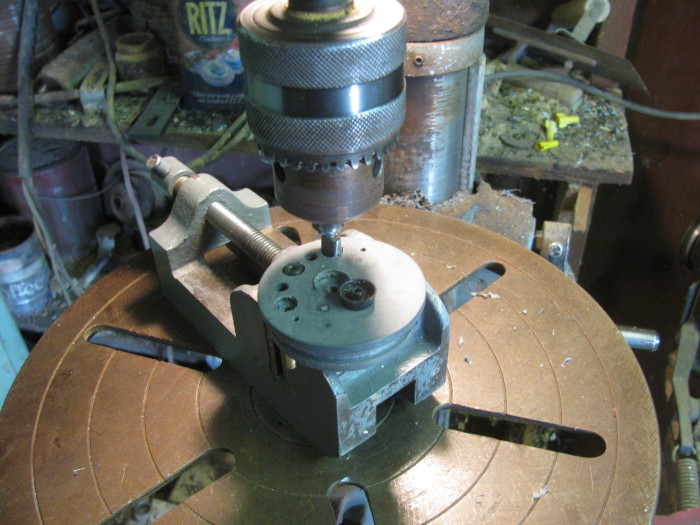
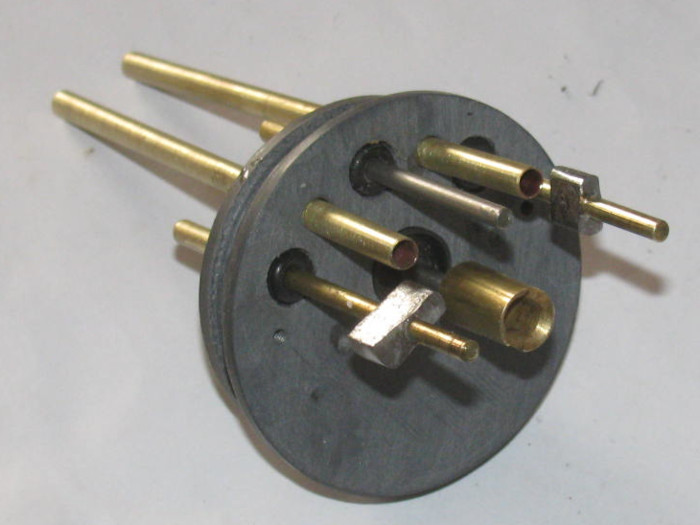
Comment